We all use technology in our day-to-day life. Pride month is here, and we are queerer than ever. As an older queer Gen Z, the internet played an integral part in my coming out journey, and it allowed me the space I needed to learn more about how I was feeling. See, the internet isn’t all that bad; it isn’t a hellscape or one of the seven circles of hell from time to time.
I’d like to think that most of us queer kids out there have taken the “Am I Gay” quiz, which warms my heart. And if you had to take that quiz, the chances are that you are, in fact, some flavor of the LGBTQIA2S+ (Lesbian, Gay, Bisexual, Transgender, Queer, Intersex, Asexual, 2 Spirits+) community. So, without further ado, let’s dive into this blog and learn how technology changed the queer experience.
History
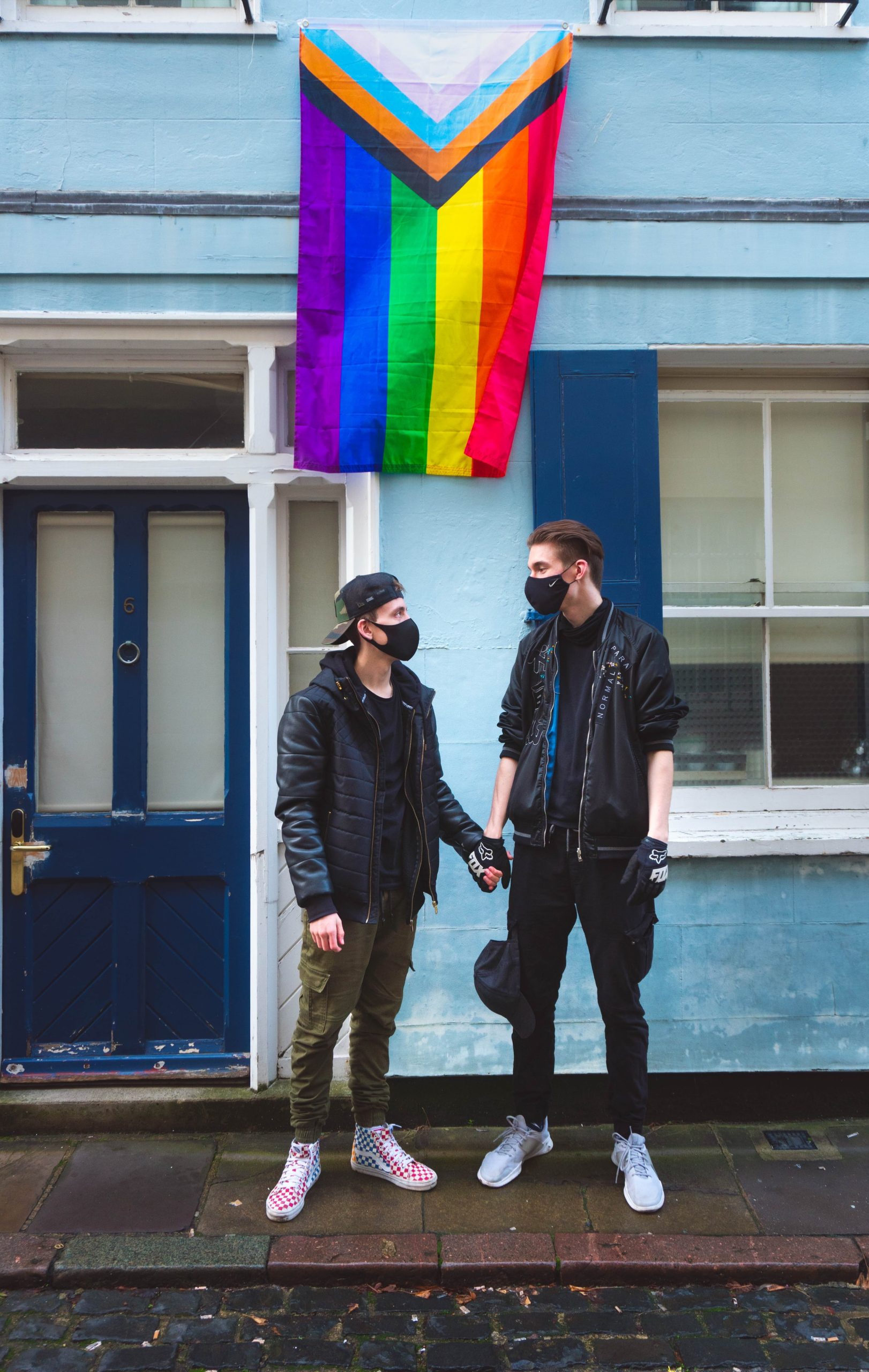
Throughout history, queer people have found a way to talk to each other within mainstream society. This could be through a coded language; Polari was a secret language that queer men used to reveal themselves to each other. Polari was vastly popular in the United Kingdom and was used primarily by gay and bisexual men to find potential partners.
There was also the hanky-code that gay men would use to show their sexual preference and role depending on the color of the bandanna/handkerchief and the pocket in which they were found (left/right). Women would trade violets as a way to declare their love in secrecy, and it was a way of live life and your sexuality in secrecy but also in fear and threat of being discovered.
It’s been 52 years since the first stone was thrown at Stonewall, marking the change of queer recognition and acceptance worldwide. Since 1969, a lot has changed, but there is still a long way to go before we achieve equality. Until 1994, WHO (or the World Health Organization) recognized homosexuality as a mental illness, and our predecessor fought to show that this wasn’t the case.
Pride is not just a celebration of our history but also a way to bring awareness to our group and how we can still do better to treat queer people like anyone else in society. Gender and sexuality are not binary; they are social constructs that we need to demystify. Pride has its roots in protest, and while it reflects progress, it still highlights current injustices and also shows our demand for a greater level of scrutiny.
Technology as a positive change

Technology has played an important role in bringing about progress and has an enormous power to affect change. It allows queer people to connect no matter their physical and geographical space and reduce the feeling of isolation, especially when you love in a conservative place. Technology isn’t always a hellscape; the internet and technology overlord is going to take over sooner or later, and we have to accept it and harness them to our advantage as best as we can.
Technology also increases visibility and puts the spotlight on key things we want to highlight as a community. We, queer people, have used the internet to bring about a lot of change, from decriminalizing section 377 In India, the legalization of same-sex marriage in Taiwan, to workplace discrimination in the United States. We also use social media to uplift the voice of the downtrodden or people who have been previously marginalized and sidelines communities.
Queer culture and technology

Queer communities thrive online, and there have been numerous studies around this. Interaction that once occurred in queer safe spaces like bars or queer-centered places can now occur online and just by creating online safe spaces. As queer digital and virtual spaces continue to grow, queer people can find each other outside of traditional spaces, and this can make us feel less ostracized.
It is important to note that progress has been made, but we queer people aren’t safe in every country in the world. Not going into Homonationalist discourses, it is important to know that in 71 countries, homosexuality is still illegal and criminalized under the law and is punishable by death in 13 of them. Having said this, it is still important to say that even in countries with pro-queer laws, the number of hate crimes is still consequential.
Queer people still face a degree of discrimination in countries that are “enlightened”, be it in the form of street harassment or discrimination in the workplace and everything in between. This is why queer people use technology to connect with each other, as it is a safe way to contact members of our community without the fear of being attacked for who we are or love.
Sound off in the comments section below and tell us what you want to read next and if you want to read more about the intersectionality of technology and queerness.
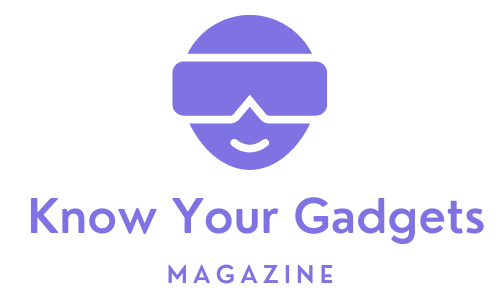


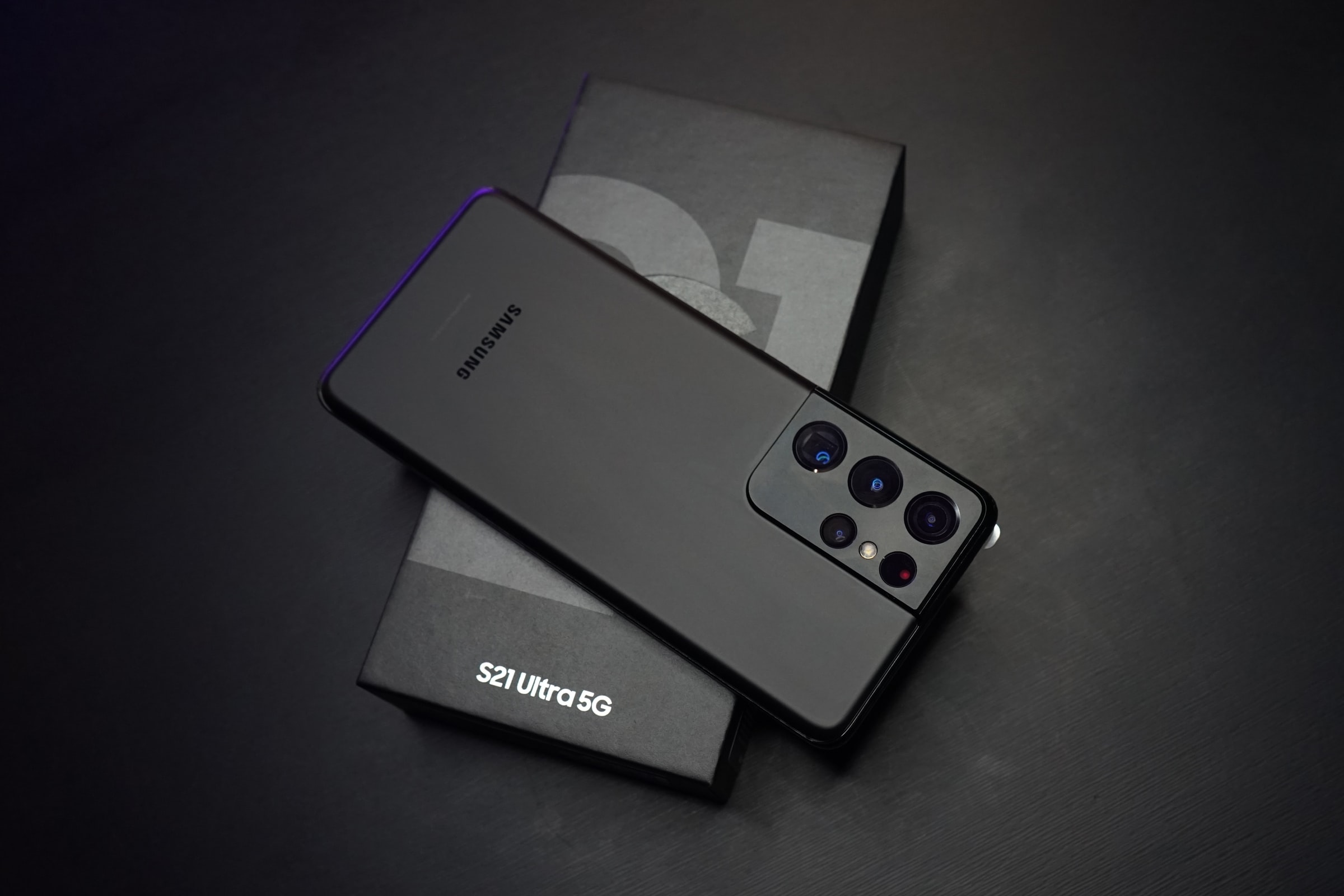
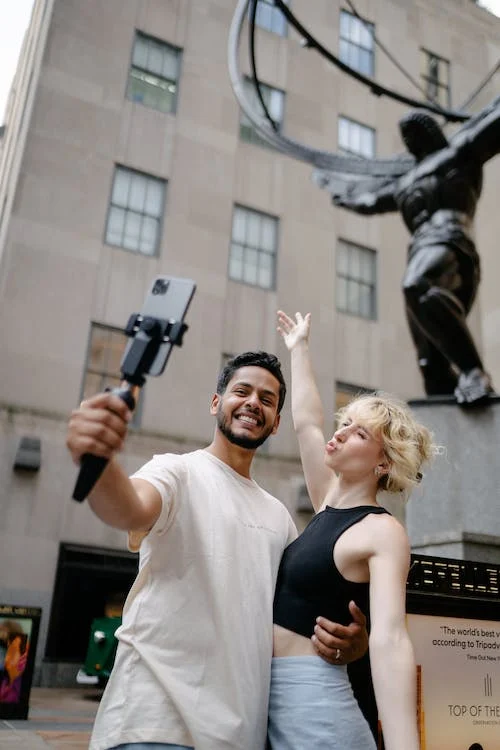
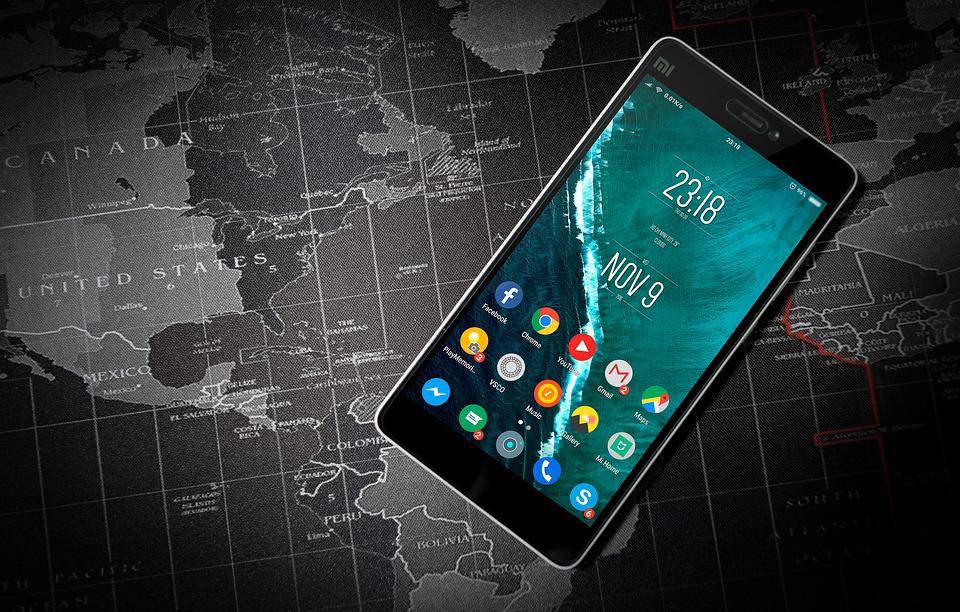
[…] As a queer person, I tend to listen to and watch a lot of queer-focused media. If you are like me and love listening to podcasts while commuting to and from work or doing your house chores, then you will love some of the recommendations on our lists. Sound off in the comments section below and tell us what you want to read next and if you want to read more about the best queer podcasts to listen to during Pride month. […]
[…] Sound off in the comments section below and tell us what you want to read next and if you want to read more about how queer people use technology. […]
[…] Sound off in the comments section below, and tell us what you want to read next and if you want to read more about satellite television. […]